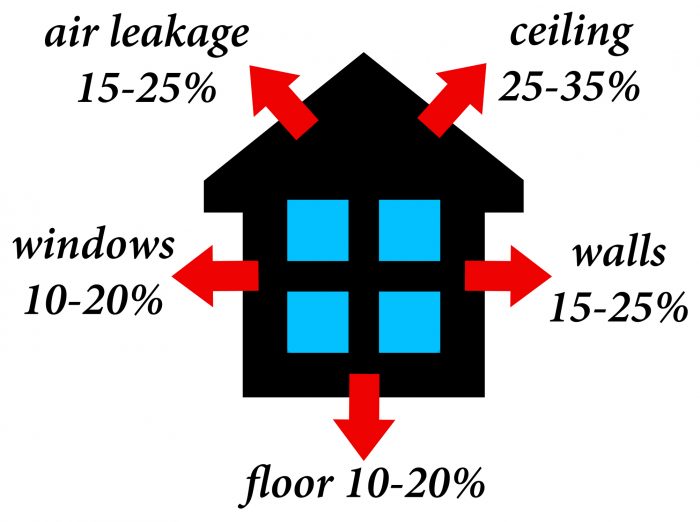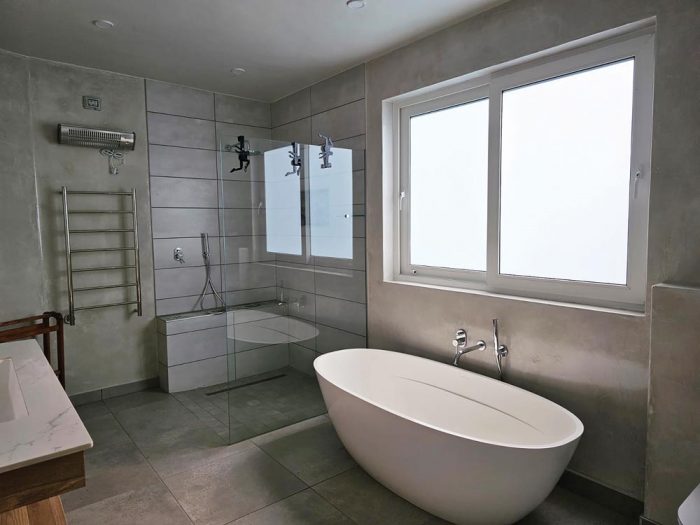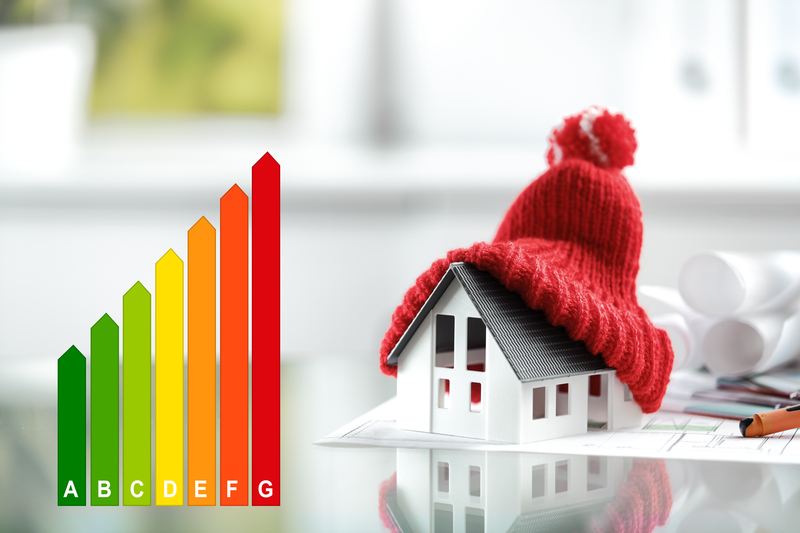Why is my House Freezing in Winter?
Understanding heat loss is crucial to maintaining a comfortable and energy-efficient home. Heat loss occurs through various avenues, and one significant factor to consider is fenestration, which refers to the design, placement, and characteristics of a building’s windows, doors, and skylights.
The Science of Heat Loss: Before delving into fenestration’s role in heat loss, it is essential to grasp the underlying science. Heat naturally moves from areas of higher temperature to lower temperature, seeking equilibrium. In winter, the warm air inside your home tends to escape to the colder surroundings outside, leading to heat loss.
Understanding Fenestration: Fenestration plays a critical role in heat transfer. Windows, doors, and skylights can significantly impact your home’s energy efficiency due to their material properties, insulation value, and overall design. The following factors influence fenestration’s effect on heat loss:

Window Materials: Different materials have varying thermal properties. Single-glazed windows offer minimal insulation. Double-glazed windows, on the other hand, consist of two layers of glass with insulating airspace in between, reducing heat transfers. Window Frames: Window frames made of steel or aluminium are not good insulators of heat. Other window materials like wood or uPVC are better insulators, helping to minimize energy waste. As aluminium is a popular window choice for most South-African homeowners, chat with your window fabricator to find out what glazing options best suit your budget and home’s requirements.
 Double Glazed uPVC Windows.
Double Glazed uPVC Windows.

Glazing and Coatings: Advanced technologies such as Low-E (low-emissivity) can improve insulation. However, double-glazed windows will be the best way to reduce air leakage and heat loss.
U-Value and R-Value: When evaluating the energy efficiency of fenestration, two key metrics come into play: U-value and R-value. U-Value: The U-value measures the rate of heat loss through a material or assembly. Lower U-values indicate better insulation properties. When selecting windows, look for low U-values to minimize heat loss. R-Value: R-value represents a material’s resistance to heat flow. Higher R-values indicate greater insulation capabilities. When choosing insulation for walls, floors, or roofs, consider higher R-values to reduce heat loss.
Strategies to Minimize Heat Loss: Now that you understand the impact of fenestration on heat loss, here are some effective strategies to enhance energy efficiency in your home:
- Window Upgrades: Consider replacing old, inefficient windows with energy-efficient alternatives featuring double glazing and Low-E coatings. Choose window frames with high-quality insulation properties, such as uPVC Windows.
- Proper Sealing: Seal gaps and cracks around windows and doors with weatherstripping and caulking to minimize air leakage and reduce heat loss.
- Window Coverings: Use insulating window coverings such as thermal blinds, curtains, or window films to add an extra insulation layer and reduce heat transfer.
- Insulated Doors: Install insulated doors with weatherstripping to prevent drafts and improve energy efficiency.
- Roof insulation: Make sure the heat is not escaping through your roof. Good ceiling insulation can go a long way to help with energy efficiency and comfort this winter.

